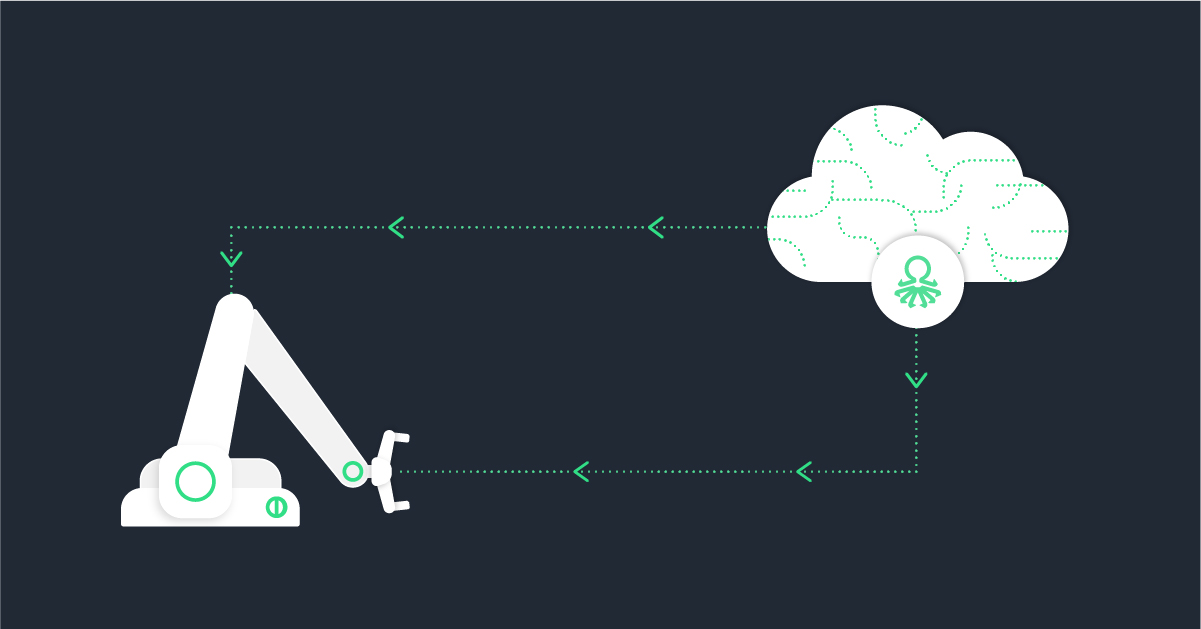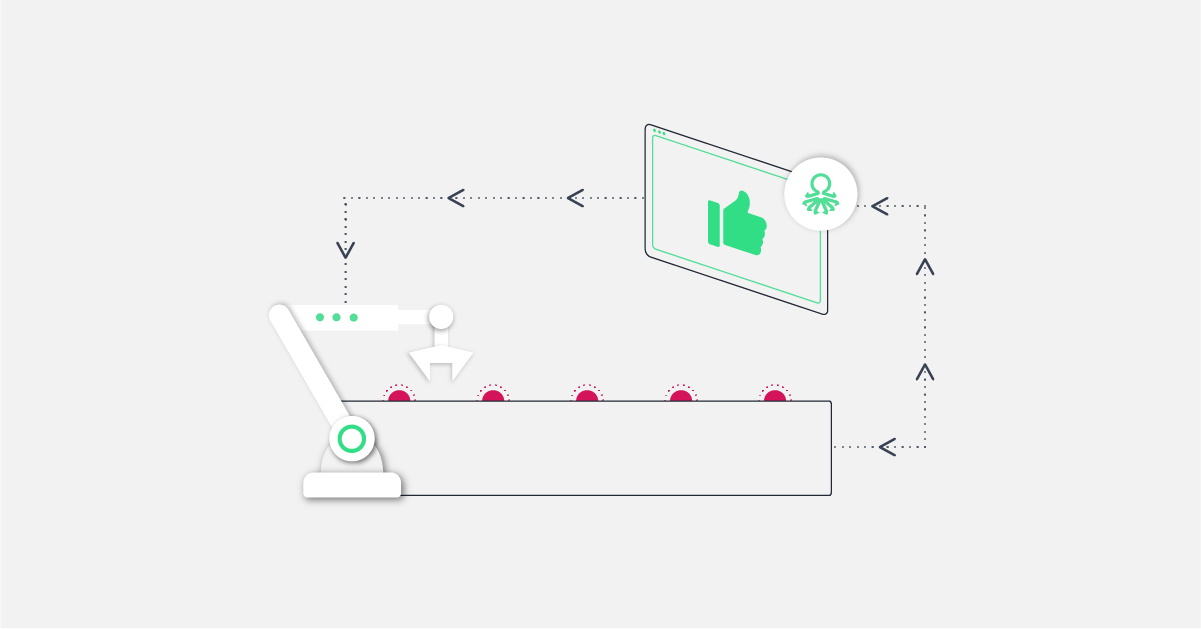Introduction: Understanding Failure Analysis in Manufacturing
As a manufacturing leader or plant manager, one of your top priorities is ensuring that your production processes are running smoothly and efficiently. However, even the most well-designed and well-executed processes can sometimes result in failures. When this happens, it is important to conduct a failure analysis to determine the root cause of the problem and take corrective action to prevent it from happening again in the future.
In this blog post, we will provide an overview of product failure analysis in manufacturing, including its definition, importance, benefits, and common techniques. We will also discuss how AI-powered tools, such as Vanti’s Visual Defect Detection and Predictive Quality solution, can help improve failure analysis processes and achieve tangible business outcomes.
Manufacturing Failure Analysis: Why is it Crucial
When a product fails or a production process goes wrong, the consequences can be severe. Product defects and recalls can damage a company’s reputation and result in financial losses. Downtime and production losses can impact productivity and revenue. Rework and scrap can lead to higher costs and lower profit margins. In some cases, failures can even pose a safety risk to employees and consumers.
By conducting failure analysis, manufacturing leaders and plant managers can identify the root cause of these issues and take corrective action to prevent them from happening again in the future. This can help minimize product defects and recalls, improve product quality and customer satisfaction, reduce downtime and production losses, lower costs associated with rework and scrap, enhance safety and regulatory compliance, and maintain a competitive advantage in the market.
Common Failure Analysis Techniques for Manufacturing
There are several techniques that can be used to conduct failure analysis in manufacturing, including:
Visual Inspection
Visual inspection involves examining a product or part for any visible defects or irregularities. This can be done manually by a human inspector or with the help of computer vision and deep learning technology, such as Vanti’s Visual Defect Detection. Visual inspection can be used for both incoming inspection of raw materials and outgoing inspection of finished products.
Non-Destructive Testing (NDT)
Non-destructive testing involves testing a product or part without damaging it. This can include techniques such as x-ray, ultrasonic, or magnetic particle testing. NDT is often used to inspect critical components, such as those used in aerospace or medical applications.
Root Cause Analysis (RCA)
Root cause analysis involves identifying the underlying cause of a failure. This can be done through a structured process of asking “why” questions to get to the root cause. RCA can help prevent similar failures from occurring in the future.
Failure Mode and Effects Analysis (FMEA)
FMEA is a proactive approach to failure analysis that involves identifying potential failures and their impact before they occur. This can help companies take preventive action to minimize the likelihood of failure.
AI-Powered Strategies for Manufacturing Failure Analysis
AI-powered tools, such as Vanti’s Visual Defect Detection and Predictive Quality solution, can help manufacturing companies improve their failure analysis processes and achieve tangible business outcomes.
Visual Defect Detection
Vanti’s Visual Defect Detection makes computer vision with deep learning more accessible to business users by providing a straightforward collection of tools that allows anyone to label, train, and deploy AI vision models. This can help detect defects at scale, even new ones that cannot be labeled, in real-time to take efficiency to another level. With Vanti’s Visual Defect Detection, manufacturing companies can accelerate time to value by realizing results quickly and empowering domain experts with a no-code solution that doesn’t require data science knowledge.
Predictive Quality
Vanti’s Predictive Quality capability uses machine learning and data analytics to help manufacturing companies predict and prevent quality issues before they occur. By analyzing historical data and identifying patterns, Vanti’s solution can provide early warning signals to alert operators and engineers of potential quality issues, allowing them to take proactive measures to prevent product defects and ensure consistent quality. With Predictive Quality, manufacturing companies can reduce scrap, rework, and downtime, resulting in significant cost savings and improved customer satisfaction.
Using AI-powered tools for failure analysis can transform the way manufacturing companies operate by improving efficiency, reducing costs, and increasing customer satisfaction. With Vanti’s Visual Defect Detection and Predictive Quality solutions, manufacturing leaders can leverage the power of AI and data analytics to make informed decisions and achieve business outcomes.
Realizing Industrial Business Outcomes with Failure Analysis tools
Applying Vanti’s AI-powered tools, such as Visual Defect Detection and Predictive Quality, can bring significant business outcomes to manufacturing industries. Let’s take a look at some examples:
Food and Beverage Industry:
In the food and beverage industry, product quality is critical for customer satisfaction and regulatory compliance. By using Vanti’s Visual Defect Detection, manufacturers can detect and classify defects in products, such as dents, scratches, or discoloration, with high accuracy. This can help prevent the shipment of defective products, avoid product recalls, and maintain a high level of customer satisfaction.
Additionally, with Vanti’s Predictive Quality solution, manufacturers can predict product quality and identify potential issues before they occur. This can help reduce downtime, lower costs associated with rework and scrap, and improve overall production efficiency.
Automotive Industry:
In the automotive industry, product defects can lead to safety issues and product recalls, which can be costly both financially and in terms of brand reputation. By using Vanti’s Visual Defect Detection, manufacturers can detect and classify defects in automotive parts, such as scratches, dents, or cracks, with high accuracy. This can help prevent defective parts from entering the production line, improve product quality, and enhance safety and regulatory compliance.
Additionally, with Vanti’s Predictive Quality solution, manufacturers can predict part quality and identify potential issues before they occur. This can help reduce downtime, lower costs associated with rework and scrap, and improve overall production efficiency.
Semiconductor Industry:
In the semiconductor industry, defects in products can lead to reduced yield and lower product quality. By using Vanti’s Visual Defect Detection, manufacturers can detect and classify defects in semiconductor products, such as scratches, cracks, or contamination, with high accuracy. This can help improve product quality and reduce production losses associated with defects.
Additionally, with Vanti’s Predictive Quality solution, manufacturers can predict yield and identify potential issues before they occur. This can help reduce downtime, lower costs associated with rework and scrap, and improve overall production efficiency.
Best Practices for Successful Failure Analysis
Now that we have discussed the importance of failure analysis in manufacturing and the tools available to support this process, let’s explore some best practices for successful failure analysis.
Building a Culture of Continuous Improvement:
Failure analysis should be viewed as an ongoing process, rather than a one-time event. It is essential to create a culture of continuous improvement within the organization, where all stakeholders are encouraged to share their ideas and feedback for improvement. This can be achieved through regular training and workshops, cross-functional collaboration, and open communication channels.
Collecting and Analyzing Relevant Data:
Failure analysis requires accurate and relevant data to identify the root cause of the issue. Companies should have a system in place to collect and store data, such as quality control data, production data, and customer feedback. Additionally, it is important to analyze this data regularly to identify patterns and trends that can help improve the manufacturing process.
Implementing Effective Solutions:
Once the root cause of the issue has been identified, it is crucial to implement effective solutions. This can be achieved through a structured problem-solving approach, such as Six Sigma or Lean methodology, that involves identifying, analyzing, and implementing solutions. It is important to measure the effectiveness of the solutions and make any necessary adjustments to ensure long-term success.
Conclusion: The Importance of Failure Analysis in Manufacturing
In conclusion, failure analysis is a crucial process for manufacturing companies to minimize product defects and recalls, improve product quality and customer satisfaction, reduce downtime and production losses, lower costs associated with rework and scrap, enhance safety and regulatory compliance, and maintain competitive advantage in the market.
By utilizing common failure analysis techniques such as visual inspection, non-destructive testing, root cause analysis, and failure mode and effects analysis, and leveraging AI-powered tools like Vanti’s Visual Defect Detection and Predictive Quality solution, manufacturing companies can improve their failure analysis processes and achieve better business outcomes.
Moreover, by implementing best practices such as building a culture of continuous improvement, collecting and analyzing relevant data, and implementing effective solutions, manufacturing companies can improve their failure analysis processes and achieve better business outcomes.
In today’s fast-paced and competitive manufacturing industry, failure analysis is no longer an option but a necessity. Companies that invest in failure analysis processes and tools will have a significant advantage over their competitors and be better equipped to succeed in the long run.





